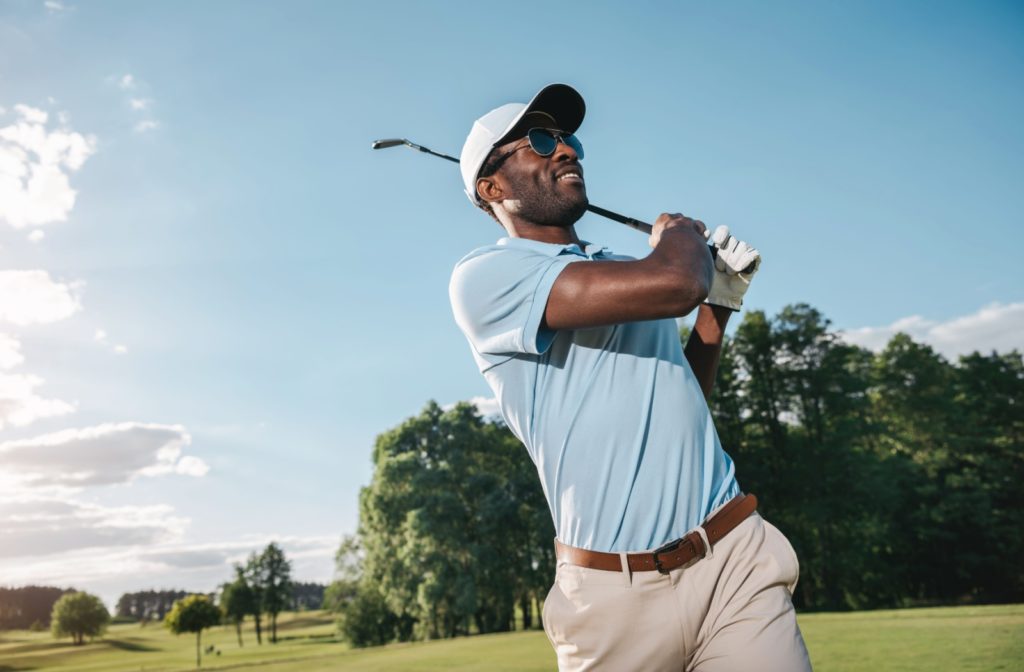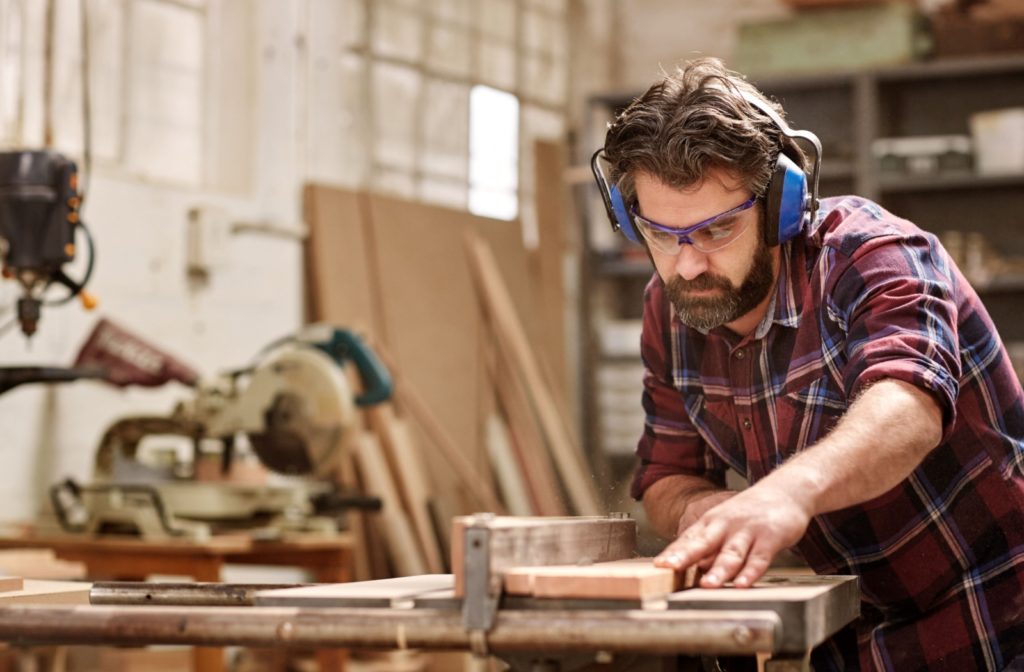Eye protection isn’t just for scientists in labs or athletes on the field—it’s something many of us should think about more often. Whether you’re working with power tools, playing your favorite sport, or soaking up the sun, your eyes face risks you might not even realize.
Knowing when to wear eye protection can help prevent serious injuries and keep your vision safe. Plus, if something unexpected happens, having the right protection could make all the difference. And don’t forget, regular eye exams are a great way to ensure your eyes stay healthy and protected.
Why Is Eye Protection Important?
Did you know that about 2.5 million eye injuries occur in the United States each year? Many of these incidents could be prevented with simple, proper precautions. Eye protection serves as a shield against:
- Hazardous materials
- Physical impacts
- Harmful light
Ensuring your ability to perform everyday activities without interruption.
Common Situations Requiring Eye Protection
At Work: Occupational Hazards
Work-related eye injuries are one of the most common causes of vision damage. Anyone working in industries like construction, manufacturing, or chemistry labs should be equipped with proper eye protection. Here’s why:
- Flying debris such as wood, glass, or metal can cause serious injuries.
- Chemical splashes pose a significant risk in laboratories and industrial environments.
- Prolonged exposure to screens can lead to eye strain and discomfort, especially in offices.
During Sports & Recreation
Participating in high-impact sports such as basketball, racquetball, or hockey can put your vision at risk due to flying balls or equipment. Even leisurely activities like cycling or swimming can expose your eyes to wind, UV radiation, or chlorinated water.
Wearing appropriate gear, such as protective goggles or helmets with visors, is key to reducing these risks.
At Home: Everyday Risks
Eye injuries aren’t confined to workplaces or sports arenas—they occur at home, too. Common causes include accidents while cooking, cleaning, or doing home maintenance. Activities like chopping onions, using strong cleaning agents, or handling sharp tools can lead to unexpected injuries.
It’s a good idea to keep safety goggles handy for DIY projects and other potentially risky tasks.
In the Sun: UV Safety
Prolonged exposure to ultraviolet (UV) rays can cause both short-term issues, like corneal sunburn, and long-term conditions, including cataracts. This is particularly concerning during outdoor activities such as hiking or swimming.
High-quality sunglasses with 100% UV protection shield your eyes from harmful rays and reduce glare, ensuring both comfort and safety.

Types of Eye Protection & Their Uses
Safety Goggles
Safety goggles provide a protective barrier against flying debris, chemicals, and other hazards. They are commonly used in workshops, laboratories, and construction sites. Some goggles even feature anti-fog coatings, allowing for clear vision during rigorous activities.
Face Shields
For added safety, face shields provide coverage for both your face and eyes. These are particularly important in high-risk professions like welding or healthcare, where both physical and biological hazards are present. However, face shields should be worn in combination with goggles for optimal eye protection.
Sunglasses & UV Protection
When it comes to outdoor safety, sunglasses are indispensable. Look for lenses that block 99-100% of UVA and UVB rays, and consider polarized options to reduce glare during activities like driving or boating. Remember that even on cloudy days, UV rays can affect your eyes, so make wearing sunglasses a daily habit.
Preventative Measures for Long-Term Eye Safety
Beyond wearing protective gear, simple habits can help maintain your vision over time.
- Follow the 20-20-20 Rule for screen use: Look 20 feet away for 20 seconds after every 20 minutes of screen time to reduce digital eye strain.
- Eat a vision-friendly diet rich in vitamins A, C, and E, as well as zinc and omega-3 fatty acids.
- Avoid rubbing your eyes, especially with unclean hands, to reduce the risk of infection.
- Get regular eye exams to address any issues before they become serious.
When to See an Eye Doctor After an Eye Injury
Despite our best precautions, injuries can still happen. Knowing when to seek professional help is important. Visit an eye doctor immediately if you experience any of the following after an injury:
- Severe pain or discomfort.
- Persistent redness or swelling.
- Blurred vision or loss of sight.
- Foreign objects in the eye that can’t be safely removed.
Don’t delay treatment—early intervention can prevent long-term damage.
Protect Your Vision
Your eyes deserve the same level of care and protection as the rest of your body. By understanding the risks, using the right equipment, and adopting long-term preventative habits, you can protect your vision from everyday challenges.
Clear sight doesn’t happen by chance—it’s the result of mindful protection and regular care. Start taking steps today to safeguard your eyes, because great vision leads to a better quality of life.
Want advice on eye safety or protective gear? Contact Total Vision Diamond Bar for tips and care. Your vision is our priority—schedule your appointment today!



